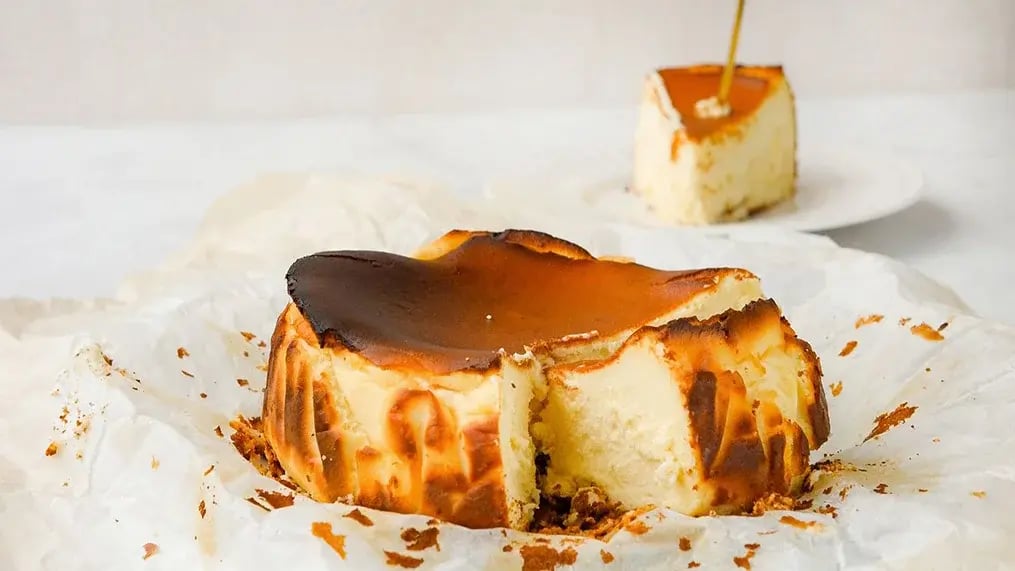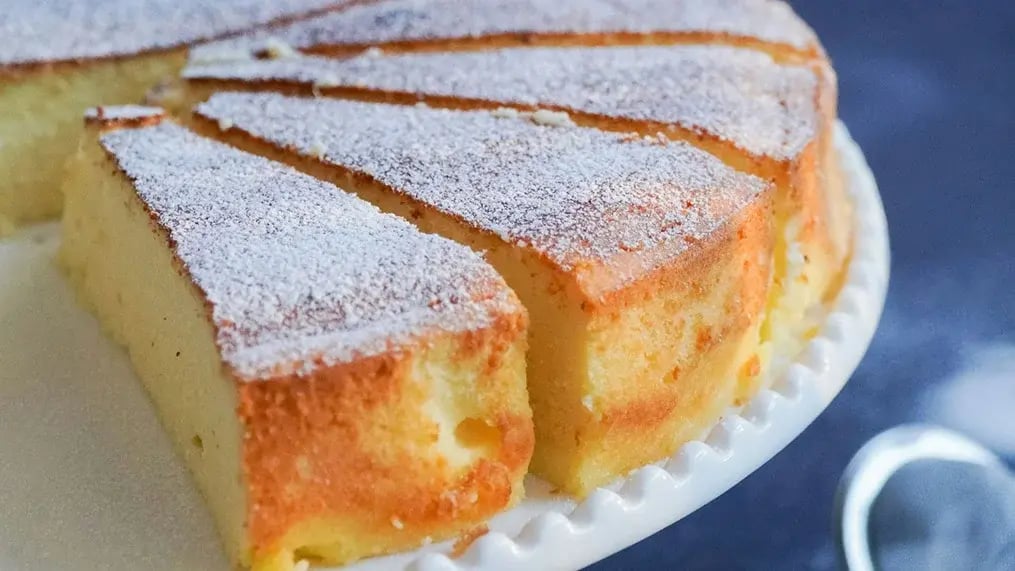- Home
- Articles
- Here’s how to celebrate your birthday alone: Learn about Cheesecake Specialities Around the World and Their Local Spins
Cheesecakes, just like most desserts, have different versions and each country has their own version of it, baked, not baked, crust or without crust. So if you're wondering how to celebrate your birthday alone, simply make this
.webp?width=768&height=432&name=feature-img-corsican-fiadone-(via-wikimedia-commons).webp)
The cheesecake needs no introduction for, it is the only such cake in the world that is entirely out of cheese, with or without a crust, sweetened to perfection. Room-temperature cheesecake truly hits differently than the ones that are served chilled. Did you know there are cheesecakes beyond the burnt no-crust and the creamy crusty cheesecake styles popular in our country? No, the one with the sauces on top – blueberry, strawberry or raspberry cheesecakes aren't a different kind of cheesecake. Here's what the world and some of us are eating which is stylised as cheesecakes. Learning about thse is a great solution if wondering how to celebrate your birthday alone
Basque Cheesecake

The crustless cheesecake with the burnt tops that is served at most restaurants in our home country is the Basque cheesecake. It's incredibly creamy and dates back several decades to Spain’s La Viña Bar in San Sebastián. It's baked at a high temperature which makes the outside harden up and burnt a tad, while the interior remains soft and gooey, but not runny.
New York-style Cheesecake
Another popular variety which comes with a biscuit-y crust, it's the polar opposite of the burnt Basque cheesecake. It’s the polished version in a way and a personification of the virginal Western bride. It's heavy and dense and baked with the cake being in a water bath. The flavour is sweet and tangy with the texture as similar if not the same as the Basque one. It literally melts in your mouth while the supporting graham cracker crust provides a nice contrast to the smoothness of the cream cheese.
Japanese Cheesecake

If you've consumed enough social media you'll have come across the Japanese bakers jiggling some kind of cakes and embossing their logos on the smooth brown tops. Those are Japanese souffle-like cheesecakes that are light and super fluffy as compared to the regular dense cheesecake we know of. However, it's inspired by Germany’s Käsekuchen, when Japanese chef Tomotaro Kuzuno visited Germany in the 1960s. He prepared something that was a cross between the Käsekuchen and dense American cheesecake.
Käsekuchen
If you know the history of the cheesecakes you'll know that the Greeks were eating it in some form, which the pillaging Romans picked up, then slowly the Germans. Germany makes their cheesecake using quark, a kind of local cheese product made by curdling milk, which is why locally it is also called Quarkkuchen. It's made in a round pan and cut into slices, if made in a rectangular pan, then it goes by the name Blechkuchen. It's generally baked, but unbaked versions also exist where gelatin is used to give structure to the cheesecake. It's a summertime treat in Germany, best enjoyed with a cup of kicking coffee.
Ostkaka
.webp?width=1015&height=761&name=ostkaka-(via-wikimedia-commons).webp)
This cheesecake is from Sweden, which translates to cheesecake but it's not the same as the American or the Spanish Basque. It uses an enzyme to make cheese out of milk and that cheese is mixed with flour, eggs, cream, sugar, and almonds, and then baked. The tops brown beautifully, and unlike most cheesecakes, this one has the feel of a custard, it's not as sweet either. It's less fatty and much more airy and it’s best eaten at room temperature. In Sweden, there's a day to celebrate this dessert, November 14, where this cheesecake is celebrated and eaten with relish.
Fiadone
This one's from France’s Corsica and is made from fresh whey cheese called brocciu, sugar, eggs, lemon zest and juice. Sometimes this cheesecake uses other local liqueurs to replace the lemon, which gives it a refreshing taste. It's closer to resembling the Italian ricotta desserts than anything else. Once upon a time, it was reserved only for special occasions, but now you can find them throughout the year. It is eaten with a fine drizzle of honey, jams or fruit preserves.
Sernik
.webp?width=1015&height=706&name=sernik-(via-wikimedia-commons).webp)
A little similar to the German cheesecake, only in the use of the cheese, twaróg (local curd cheese), this one’s by the Polish, from Poland. This cheesecake dates back to at least the 1600s when King Jan III brought back the recipe after overpowering the Turks at the Battle of Vienna. The base of this cheesecake is a crumbly cake, with raisins, fruits, and jellies used in the cheesecake. Some versions also have a lattice crust and there are also baked and non-baked versions.
Like This Article?
More Like This



Popular Articles




Trending Web Stories
Curated Recipes










.webp?width=1920&height=464&name=feature-img-corsican-fiadone-(via-wikimedia-commons).webp)









